We use cookies to ensure you get the best browsing experience. By continued use, you agree to our privacy policy and accept our use of such cookies. For further information, click FIND OUT MORE.
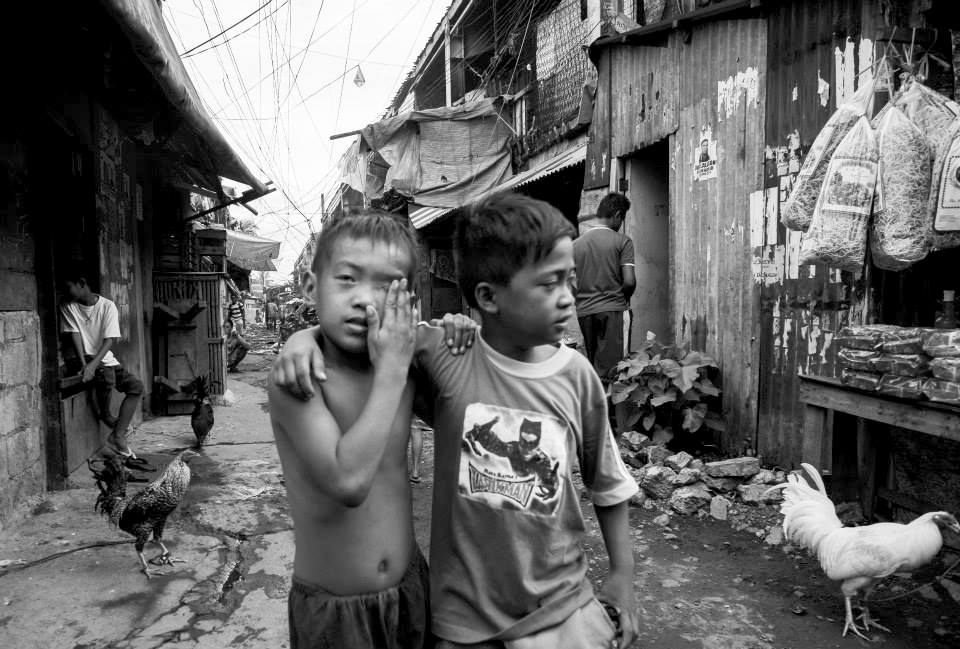

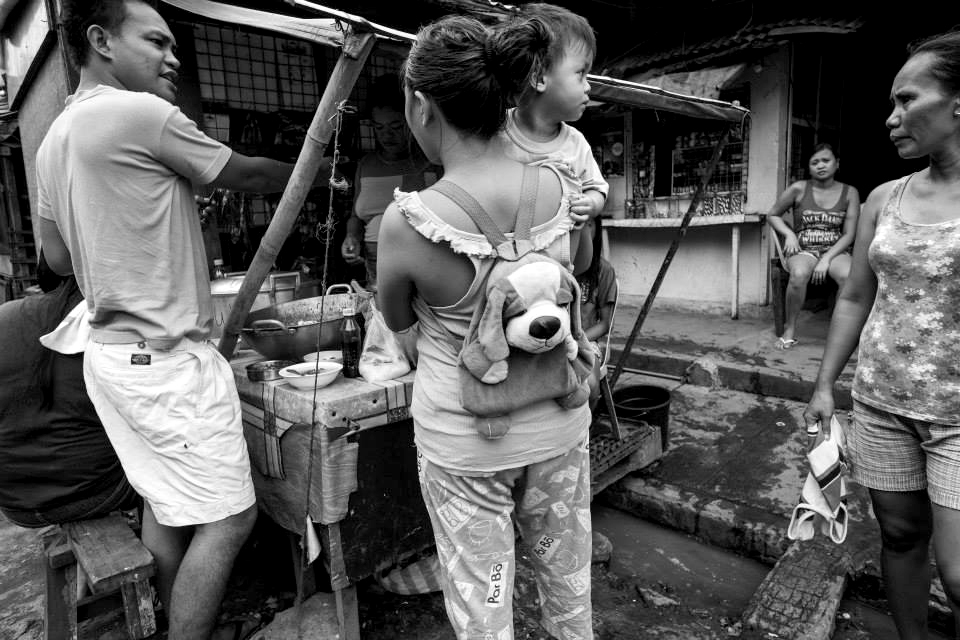
The enhanced community quarantine is now being implemented over Luzon to combat the spread of COVID-19.
In Metro Manila, gated communities, condominiums and middle-class neighborhoods can easily follow the strict government guidelines.
While the national government has responded decisively to slow down the threat of the novel coronavirus, there are areas where full and effective implementation is nearly impossible.
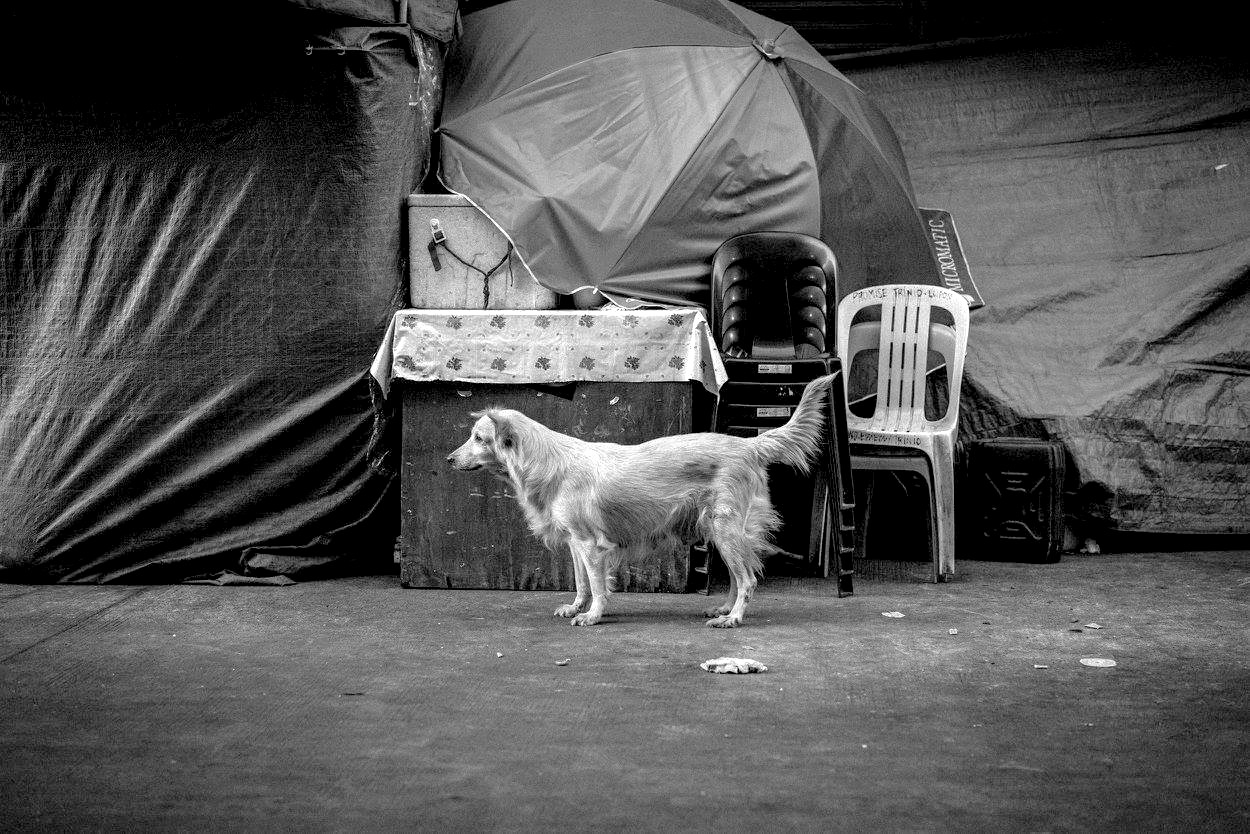
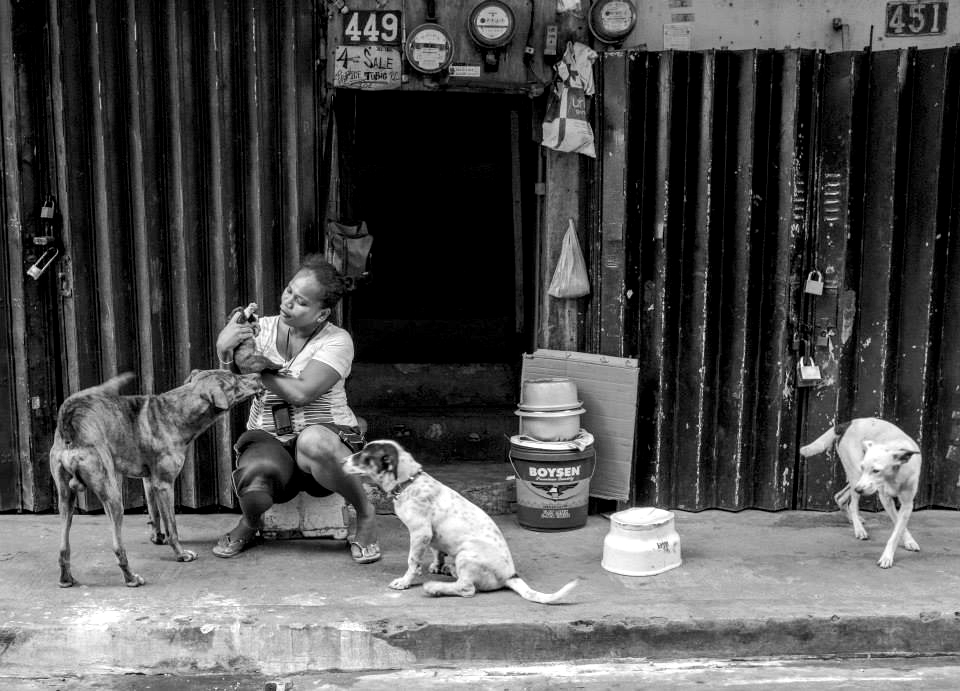
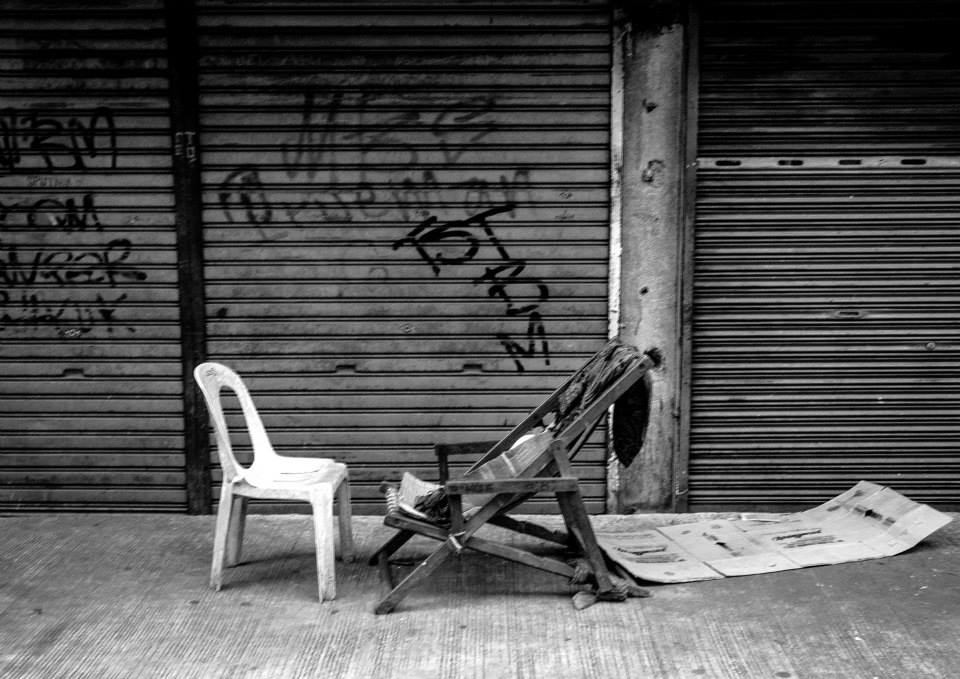
Unfortunately, among the 12 million residents of Metro Manila, there are citizens who cannot practice the prescribed quarantine guidelines because of the objective conditions of their lives.
These residents are the most vulnerable group where COVID-19 can spread ten-fold because their living situations are not ideal to contain the spread of a pandemic that threatens rich and poor nations alike.
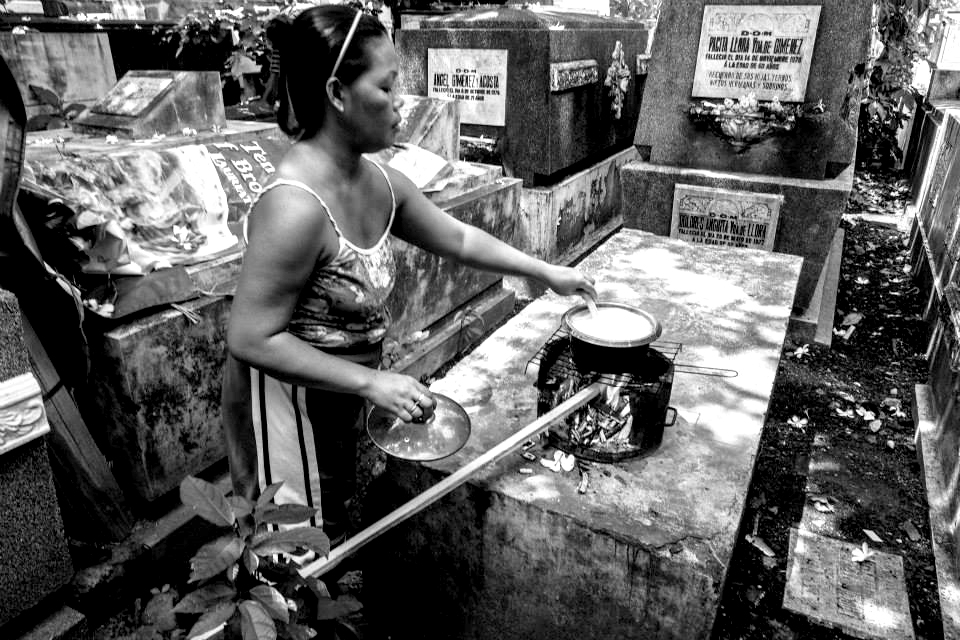
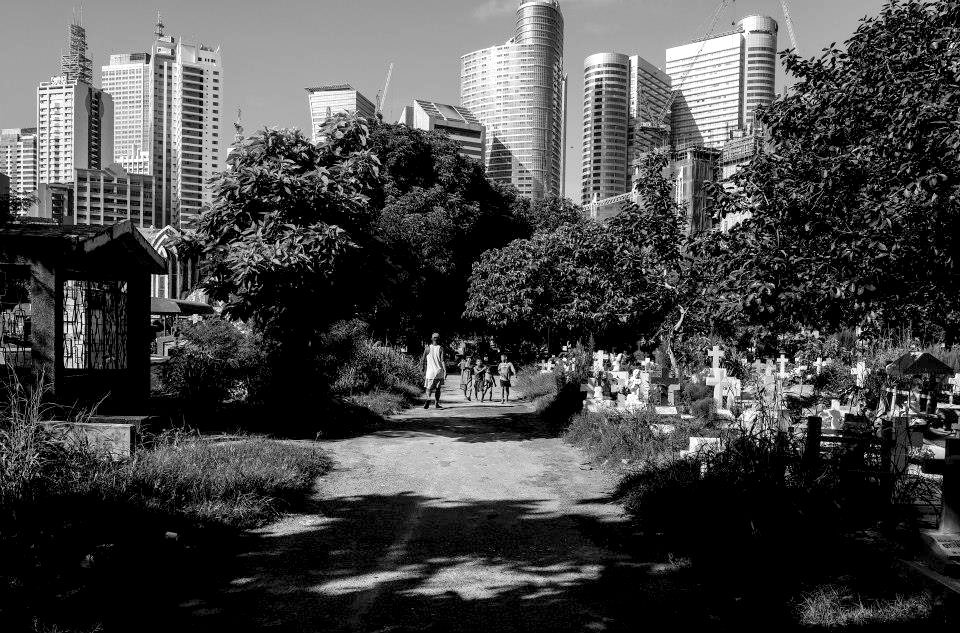
Let us hope that authorities put extra focus on their situation. They face a big challenge problem that can prove crucial to the country's efforts in confronting this health crisis.
These images are repeated across the metropolis.
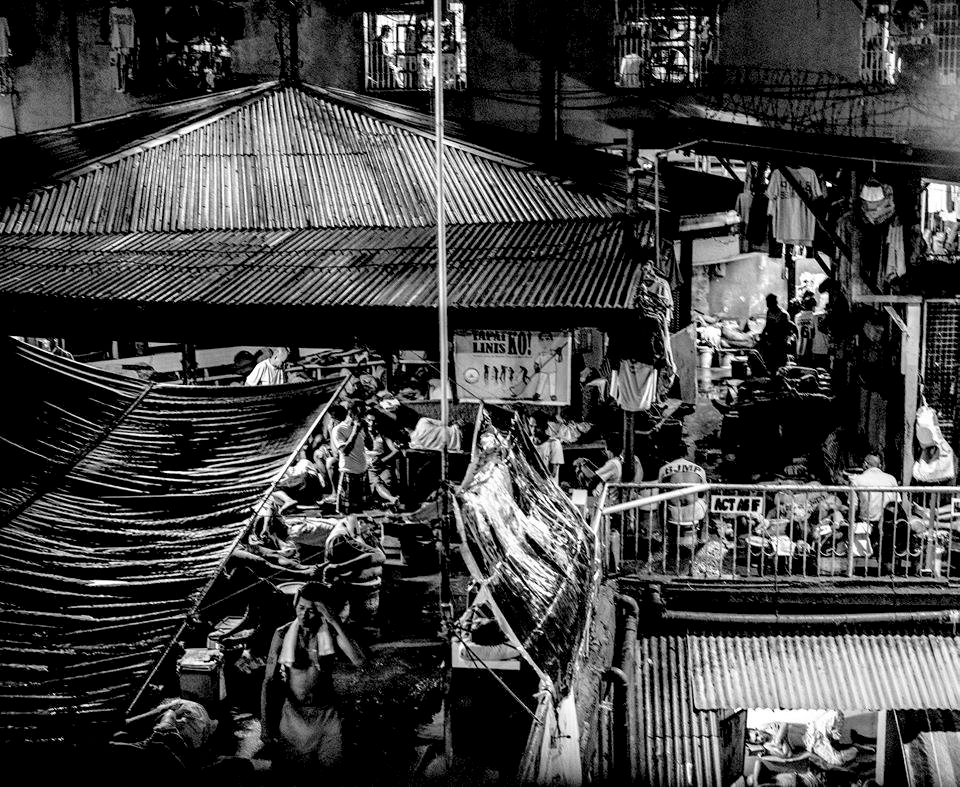
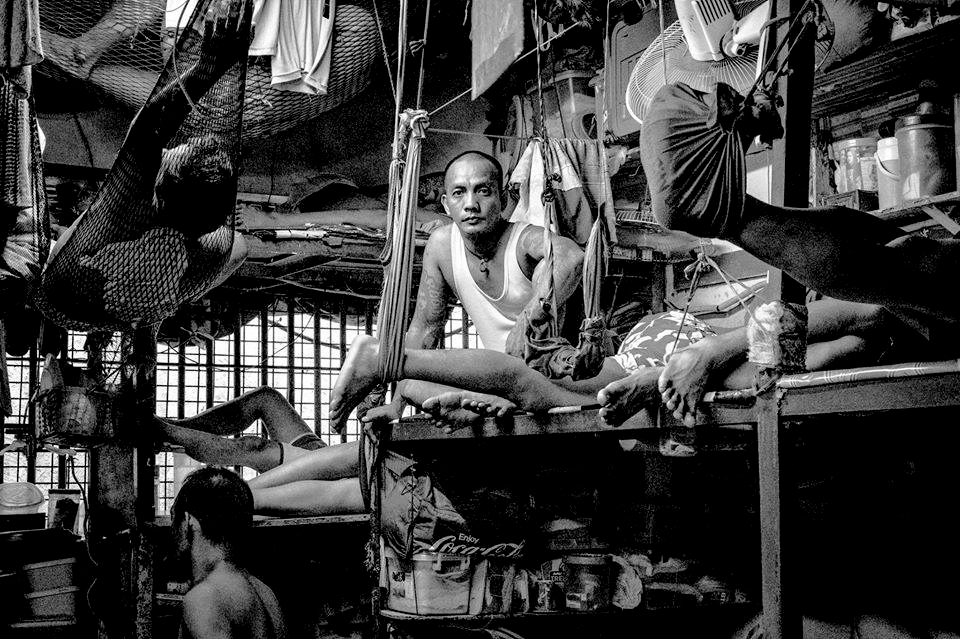
Rick Rocamora is an award-winning documentary photographer and author of four photo books: Filipino WWII Soldiers: America’s Second Class Veterans; Blood, Sweat, Hope and Quiapo: Rodallie S. Mosende Story; Human Wrongs; and Alagang Angara.
His work is part of the permanent collection of the San Francisco Museum of Modern Art, U.S. State Department Art in Embassies Program, and private and institutional collectors. His work is widely exhibited in national and international museums and galleries, published in print and online and aired in various broadcast news outlets.
In the Philippines, his work had been exhibited at the Cultural Center of the Philippines, Ben Cab Museum, Vargas Museum, and Ateneo Art Gallery. His exhibition, Bursting at the Seams: Inside Philippine Detention Centers won national and international awards for Filipinas Heritage Gallery of the Ayala Museum.
Before pursuing a career in documentary photography, he worked in sales, marketing, and management positions for the US pharmaceutical industry for 18 years.